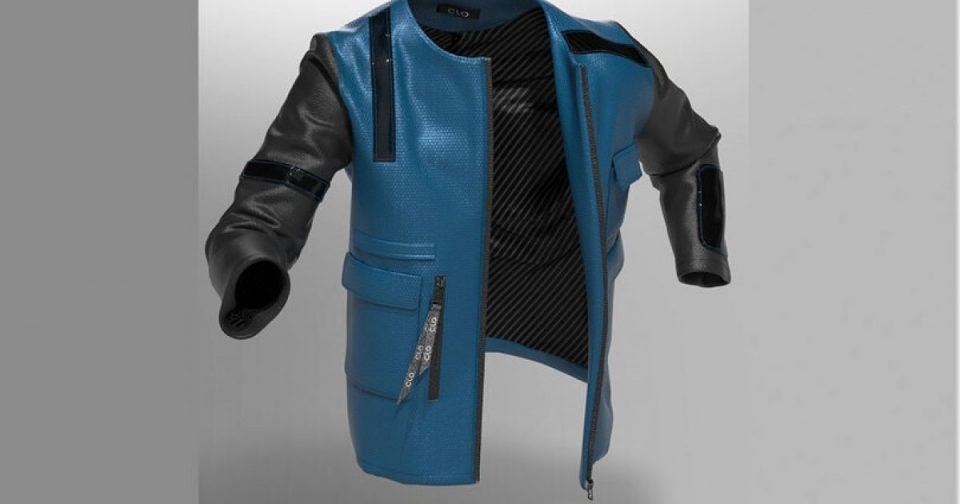Designers can start using CLO as early as the vendor or patternmaking stages depending on the region and whether one or more people take on both roles. Particularly in recent months, we’ve seen some companies trained in the software in the matter of a week and using it with vendors that very next week. Instead of having to create a physical sample and then make edits later, vendors can use their existing pattern to instantly see how those 2D pattern edits will look on a virtual sample in real time. Once the edits are complete, users can then export the new pattern to make an accurate physical sample. Instead of having to produce multiple iterations of physical samples, they can now do it all in 2D and 3D simultaneously.
The process also allows for technical designers to check for fit issues earlier on, identify the ideal solution and make decisions much sooner. With this technology, if fit issues are found, users can adjust and update measurements in real time. Product developers can iterate these changes faster, readily access libraries of industry-standard elements and design to cost while designers can experiment at their leisure.
This website uses cookies to improve your experience. We'll assume you're ok with this, but you can opt-out if you wish. Cookie settingsACCEPT
Privacy & Cookies Policy
Privacy Overview
This website uses cookies to improve your experience while you navigate through the website. Out of these cookies, the cookies that are categorized as necessary are stored on your browser as they are essential for the working of basic functionalities of the website. We also use third-party cookies that help us analyze and understand how you use this website. These cookies will be stored in your browser only with your consent. You also have the option to opt-out of these cookies. But opting out of some of these cookies may have an effect on your browsing experience.
Necessary cookies are absolutely essential for the website to function properly. This category only includes cookies that ensures basic functionalities and security features of the website. These cookies do not store any personal information.
Any cookies that may not be particularly necessary for the website to function and is used specifically to collect user personal data via analytics, ads, other embedded contents are termed as non-necessary cookies. It is mandatory to procure user consent prior to running these cookies on your website.


